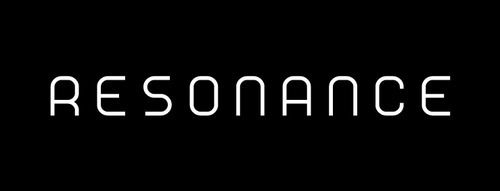
In physics, resonance is the tendency of a system to oscillate with greater amplitude at some frequencies than at others. Frequencies at which the response amplitude is a relative maximum are known as the system’s resonant frequencies, or resonance frequencies. At these frequencies, even small periodic driving forces can produce large amplitude oscillations, because the system stores vibrational energy. Resonance occurs when a system is able to store and easily transfer energy between two or more different storage modes (such as kinetic energy and potential energy in the case of a pendulum)
Similarly, one could conjecture, if we force brain dynamics with a magical frequency or otherwise properly designed waveform we may entrain and amplify certain rhythms
Although nobody was really asking for it at the time, these thoughts provided an important element in the decision to create a device capable of stimulating and recording EEG simultaneously. Could we use it to study such resonance effects? More generally, could we envision open or closed-loop applications that would allow for “smart” EEG-driven stimulation?
A related phenomenon is stochastic resonance, which may play a role in the effect of tRNS. Basically, adding noise to a non-linear system may make it more likely to resonate. This is a phenomenon in the realm of non-linear dynamics (and the brain is definitely non-linear!).
This and some other interesting comments could be found on the topic written on Neuroelectrics Posted by Giulio Ruffini


